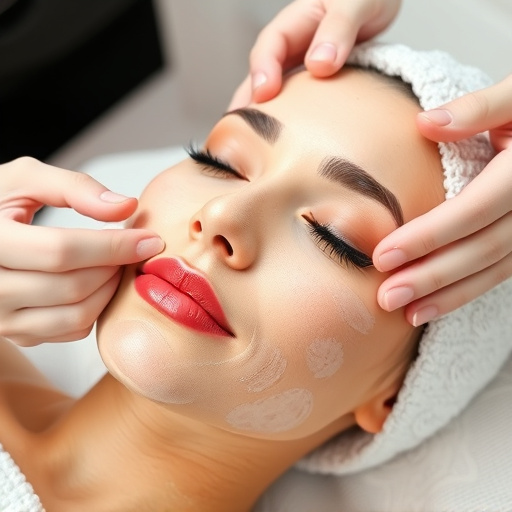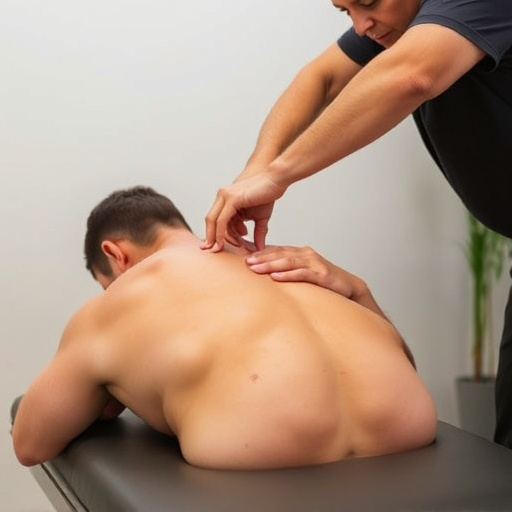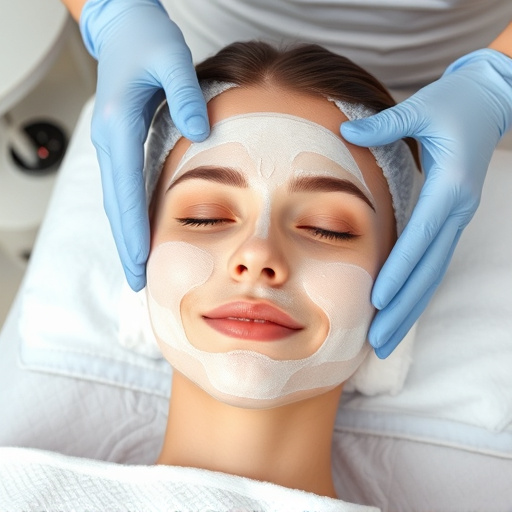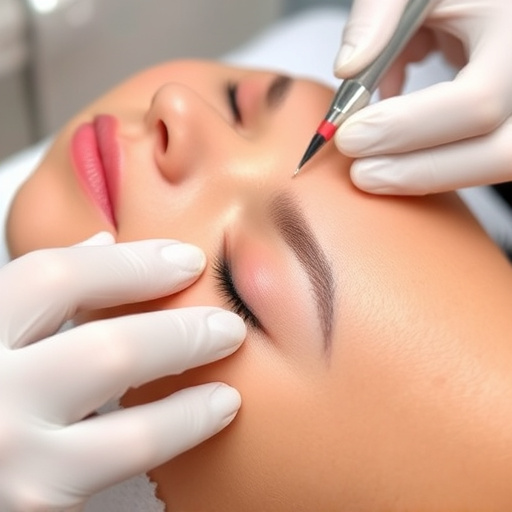Understanding hair growth cycles is key to effective stomach hair removal. Targeting the active anagen phase with methods like shaving or laser treatment maximizes results. Personalized skincare based on skin type, hair growth rate, and lifestyle ensures optimal frequency and outcomes. Regular exfoliation, moisturizing, and professional spa treatments maintain smooth skin post-removal.
Are you considering stomach hair removal but unsure about the optimal frequency? Understanding your hair growth cycle and individual factors is key. This comprehensive guide explores how often you should address stomach hair, offering insights into what influences its regrowth and providing essential tips for maintaining long-lasting results. Discover the best practices for effective stomach hair removal.
- Understanding Your Hair Growth Cycle
- Factors Influencing Stomach Hair Removal Frequency
- Effective Maintenance Tips for Long-Lasting Results
Understanding Your Hair Growth Cycle

Understanding your hair growth cycle is key when considering stomach hair removal. Hair grows in phases: anagen (active growth), catagen (transition phase), and telogen (resting phase). During anagen, which typically lasts 2-7 years for body hair, hair grows at a steady rate. This is the best time to consider stomach hair removal methods like shaving or waxing. If you opt for longer-lasting solutions such as laser hair removal, target the anagen phase for maximum effectiveness.
The length of each phase varies across different parts of the body, which means a personalized skincare approach is crucial for optimal results. For instance, hair on your stomach will have a different growth cycle than hair on your legs or arms. Knowing these nuances can help you determine how often to repeat stomach hair removal treatments, ensuring you achieve and maintain the aesthetic look you desire.
Factors Influencing Stomach Hair Removal Frequency

Several factors play a crucial role in determining how often you should opt for stomach hair removal. One primary consideration is your skin type and the coarseness of your hair. Coarser, thicker hairs will generally require more frequent treatments to achieve and maintain smoothness. Additionally, the rate at which your hair grows back varies from person to person; faster growth rates necessitate more regular sessions.
Other influencing factors include lifestyle choices and skin condition. For instance, individuals who engage in strenuous activities or live in hot, humid climates might notice their stomach hair growing back quicker, requiring more frequent removal. Moreover, maintaining a healthy, hydrated skin routine with treatments like chemical peels or hydrating facials can contribute to smoother results and potentially reduce the need for as many stomach hair removal sessions. Similarly, certain skin tightening procedures could also impact the frequency of necessary treatments.
Effective Maintenance Tips for Long-Lasting Results

Maintaining the results of stomach hair removal is key to achieving long-lasting smoothness. To keep unwanted hair at bay, incorporate these effective maintenance tips into your routine. Regular exfoliation helps remove dead skin cells and prevents ingrown hairs, which can cause irritation and lead to regrowth. Additionally, moisturizing the area gently but thoroughly ensures the skin stays hydrated, making it less susceptible to roughness or sensitivity post-removal.
Consider scheduling regular appointments at a medical spa offering specialized services for stomach hair removal and other body hair solutions. Skilled estheticians can provide personalized skincare treatments tailored to your needs, addressing any concerns like acne that might accompany hair removal. By combining professional care with home-care practices, you’ll achieve and maintain smooth, confident skin.
When it comes to stomach hair removal, understanding your body’s unique hair growth cycle is key. This knowledge, coupled with considering external factors and implementing effective maintenance tips, allows you to tailor a routine that delivers long-lasting results. Remember, the frequency of treatment depends on individual needs, so listen to your skin and adjust accordingly. By embracing these practices, you can achieve and maintain a smooth stomach, enhancing both comfort and confidence in your daily life.














